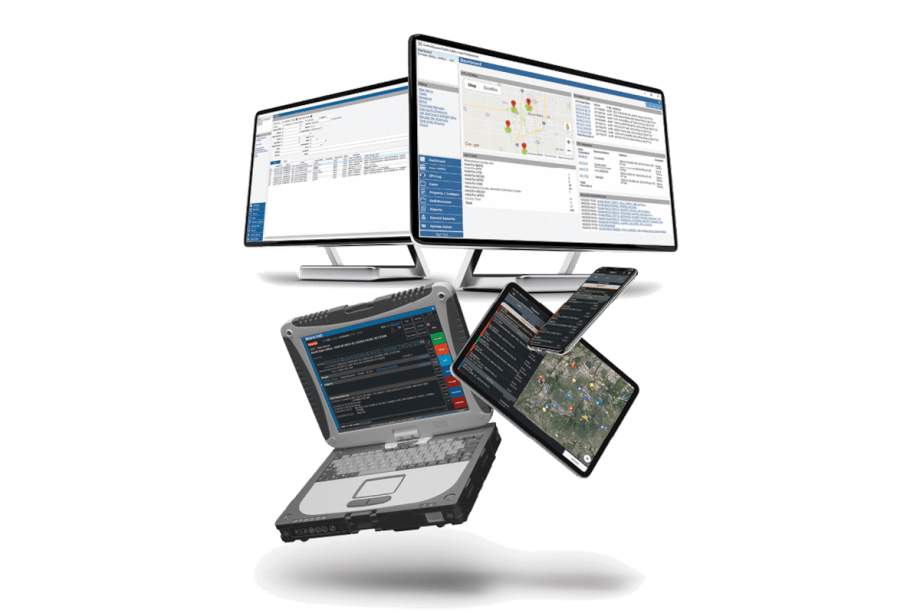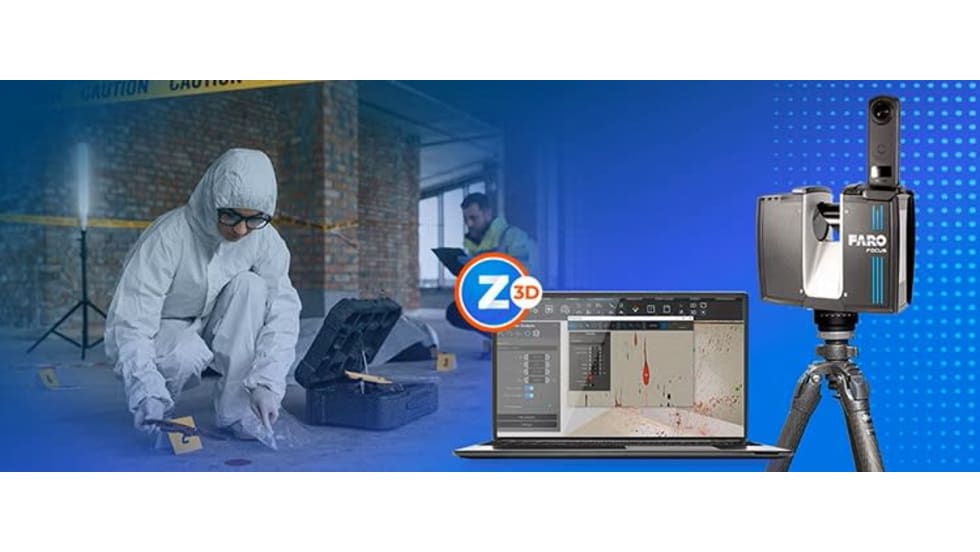CentralSquare is really an amalgamation of four different companies that—over the course of time, mergers, acquisitions and movement in the marketplace—combines all the best of the different capabilities, technologies, know-how, and a really large customer base under one corporate roof.
Mayes explains, “You’ll see us supporting a number of different solutions in the market, anywhere from smaller dispatch centers, all the way up to some of the largest tier-one, tier-zero agencies across the country. We’ve got what we think is the broadest portfolio of CAD mobile records, jail, 911 products, and we really can tailor those solutions based on the customer size and need and business processes.”
CentralSquare customers include Dallas; Arapahoe County, CO; DeKalb County, GA; Lafourche Parish County, LA; Pickens County, SC; and myriad other jurisdictions nationwide.
There is a process—really, a set of processes—that the company uses to tailor each deployment to fit the needs of the individual agency.
“It all starts with us doing the upfront work,” Mayes says. “We’ll go out and do a discovery session and really understand what the agency’s needs are—how they operate today. We’ll then bring in our technical team or we’ll run a multi-site demonstration to get the agencies familiar with the product and how it fits with their needs and their workflows.”













